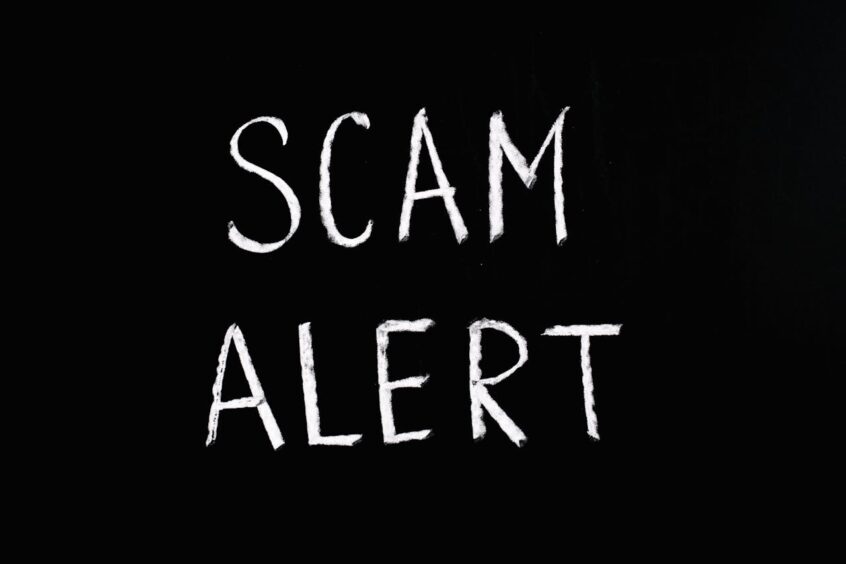Defeating Fraud

submitted by Jas K. Salh
IT’S A HEADLINE THAT APPEARS all too often. Fraudsters posing as agents from the Canada Revenue Agency (CRA) call innocent Canadians saying they owe back taxes. The call sometimes includes a threat of arrest if they don’t pay up. In 2015, 763 Canadians reported being defrauded by this scam, with losses totalling $2.5 million. These figures tell only part of the story, however, as the majority of victims do not file reports.
1 Organized criminals are often the main perpetrators of financial crimes such as this scam, with the total cost to Canadians estimated at $5 billion annually.
2 Financial institutions, police and governments are fighting back with new technologies and public awareness. Here’s how you can help protect yourself.
Telephone scams
You can’t always be sure who’s on the other end of the line, so exercise extreme caution with account numbers, passwords, social insurance numbers and other personal information.
Along with the CRA scam, fraudsters have a repertoire of other schemes and often target the elderly. Beware of callers claiming they’re:
■ From your bank or the police, asking for your help in an investigation
■ “Officials” informing you of a prize or lottery winning, and a fee required to collect your jackpot
■ Long-lost family members saying they’re in trouble and need cash to get out of jail (or some other predicament)
If a caller tries to pressure you into buying, subscribing to or signing up for something, don’t say yes until you’ve confirmed they’re legit. The best advice if you feel you’re being pressured? Hang up!
Protecting your cards
For decades, credit and debit cards were prone to fraud. With the advent of chip cards in Canada in 2008, counterfeiting plummeted 76 per cent.
3 Today, use of contactless cards, which only need to be tapped or waved in front of a merchant’s reader, is growing. This method of payment for smaller purchases is fast, convenient and very secure.
4 However, instances of “card not present” fraud, where card details have been stolen without obtaining the physical card, have risen.
5 To help keep your accounts safe:
■ Avoid using birthdates, addresses, phone numbers or other easily guessed numbers for your personal identification number (PIN)
■ Don’t share or write down your PIN
■ Check every statement for unusual transactions
■ Shield your card from “shoulder surfers,” who peek or use cameras to record PINs at automated banking machines and stores
■ Never share your card number, expiry date and security code unless you’re dealing with a reputable company and you’ve initiated the transaction
■ If a card is lost or compromised, report it immediately
Cheque fraud
Even though cheque use is on the decline, nearly a billion cheques are still processed annually in Canada.
6 Security features such as foil stamping, micro printing and watermarks have defeated most cheque forging – but paper-based documents remain vulnerable to fraud and identify theft.
If you use cheques, follow these tips:
■ Store your cheques safely
■ If you’re issued a cheque, verify its security features (listed on the back). Even high-quality photocopiers can’t duplicate them
■ Accept cheques only from people or companies you know
■ If you’re selling an item, wait for the cheque to clear before handing over the goods According to security experts, e-payments and online transfers are more secure than cheques or cash.
7 Remember, too, that you’re generally liable for losses through cheque fraud, so consider going paperless with your financial transactions. Mail fraud Since mail is still necessary in some cases, exercise caution, especially during tax season. That’s when sensitive statements are sent out and scammers raid mailboxes to steal identities.
It’s a good idea to:
■ Pick up your mail promptly
■ Inform banks, utilities, your employer and any others who should be aware if you change your address
■ Have Canada Post forward your mail if you move or hold it if you’re away
Advances in security
Banks and financial institutions are constantly upgrading security measures to protect clients. Biometric identification is one of the newest methods being adopted in Canada and around the world. These systems analyze unique physical characteristics such as fingerprints and eye, vein and voice patterns to confirm identify with a high level of accuracy. As new technologies are introduced, fraudsters will continue to update their methods of operation. But by being informed and remaining vigilant about your personal security, you can help stop fraud in its tracks.
WHAT TO DO IF YOU’VE BEEN SCAMMED
■ If it’s credit card, debit card or cheque fraud, immediately contact your bank, financial institution or credit card company
■ Report it to local police and to the Canadian Anti-Fraud Centre at 1-888-495-8501
■ Call Equifax Canada at 1-800-465-7166 or TransUnion Canada at 1-877-525-3823 to issue a fraud alert
from http://www.manulifesolutions.ca/docs/en/ws_spring2017_e/ws_spring2017_e_AODA.pdf page 12
